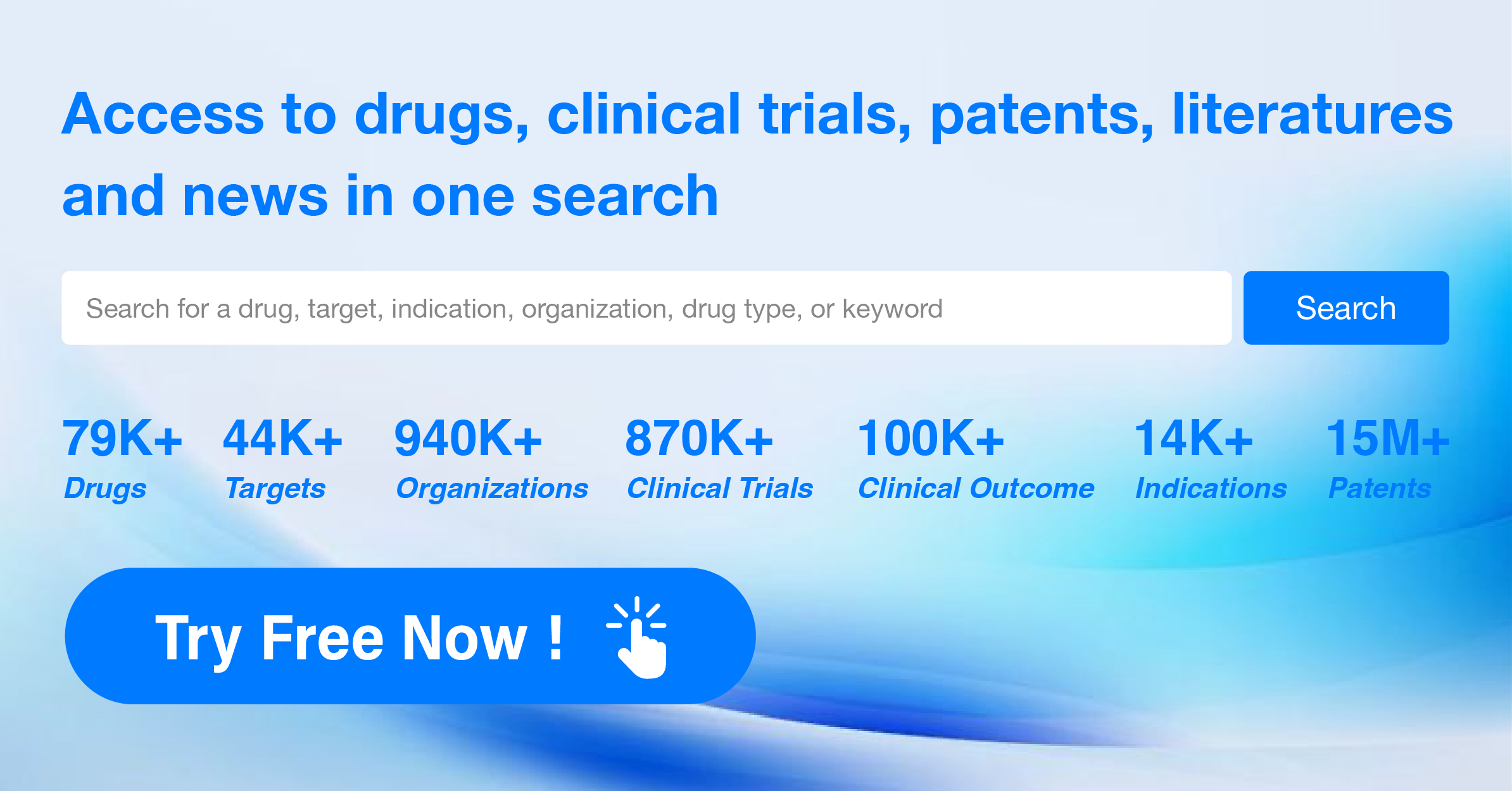What is PDUFA?And what is a PDUFA date?
PDUFA stands for the Prescription Drug User Fee Act, which was first enacted in 1992. Under PDUFA, the U.S. Food and Drug Administration (FDA) is authorized to collect fees from pharmaceutical companies submitting new drug applications (NDAs) or biologics license applications (BLAs). The purpose of these fees is to provide the FDA with additional resources to expedite the drug approval process, ultimately allowing faster access to new therapies for patients.
What is a PDUFA Date?
The PDUFA date is a specific target date by which the FDA aims to complete its review of a new drug application (NDA) or a biologics license application (BLA). This date is typically set upon the receipt of the application and is usually 10 months from the filing of the application for standard review or 6 months for priority review.
Importance of the PDUFA Date
- Predictability: The PDUFA date provides a predictable timeline for pharmaceutical companies regarding when they can expect a decision from the FDA.
- Resource Allocation: Knowing the PDUFA date helps the FDA allocate resources effectively to meet the review deadlines.
- Market Planning: For pharmaceutical companies, the PDUFA date is crucial for planning market launch strategies and managing investor expectations.
Outcomes on the PDUFA Date
On the PDUFA date, the FDA may:
- Approve the Drug: If the data supports the drug's safety and efficacy, the FDA will grant approval.
- Issue a Complete Response Letter (CRL): If there are deficiencies in the application, the FDA will issue a CRL detailing the reasons for not approving the application and outlining what needs to be addressed.
In summary, PDUFA and the PDUFA date are integral parts of the drug approval process in the United States, aimed at ensuring timely access to new and effective therapies while maintaining rigorous standards of safety and efficacy.




